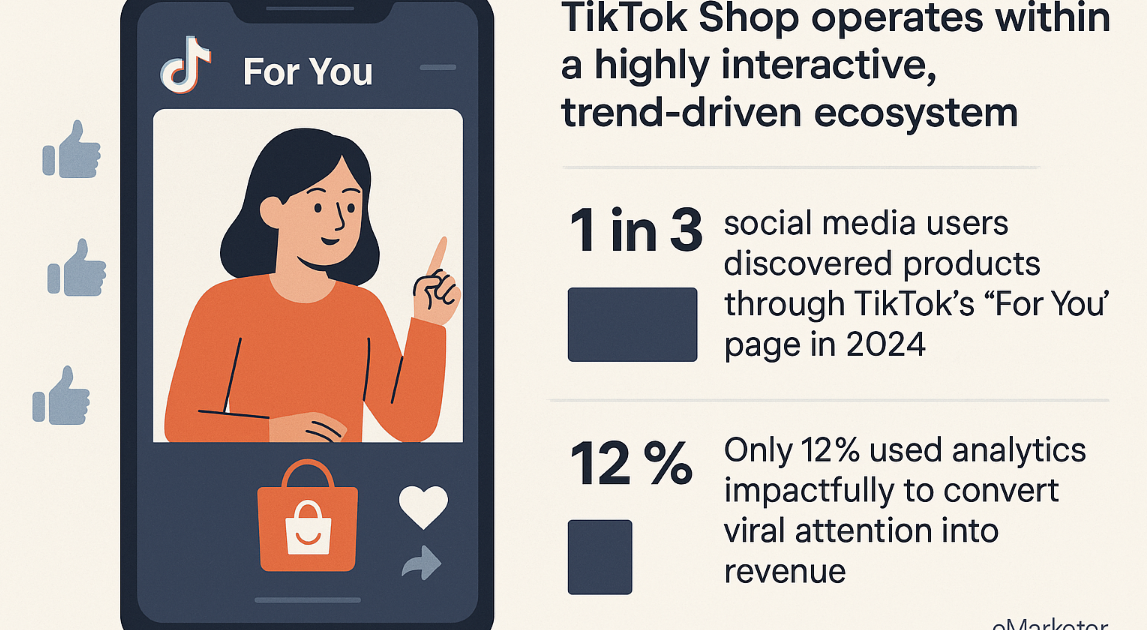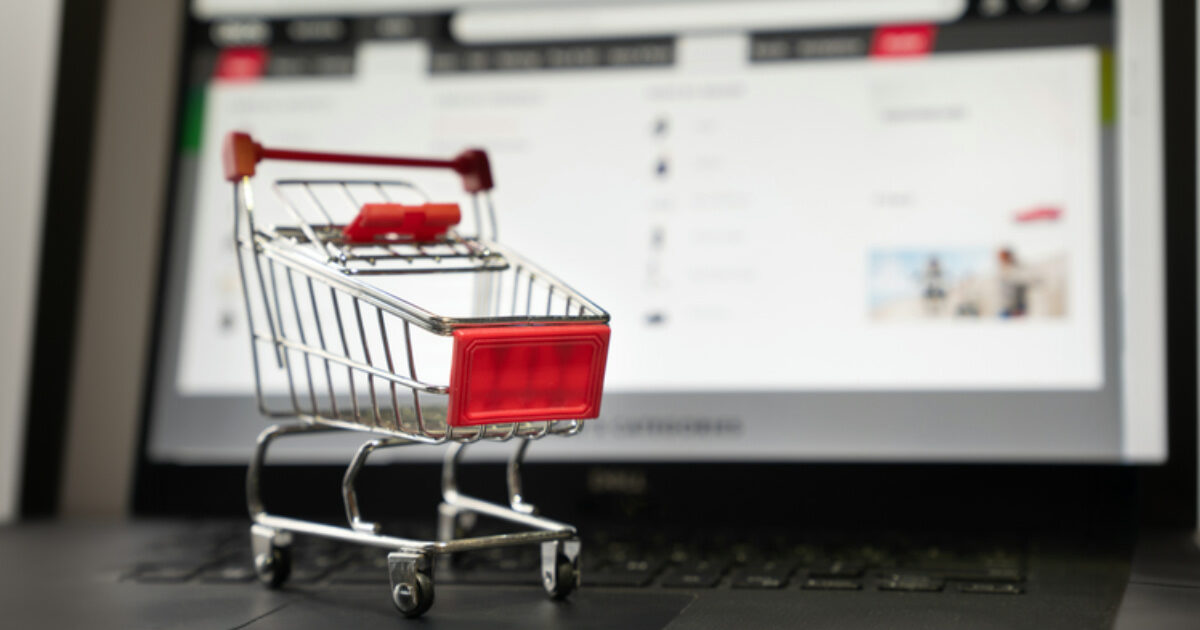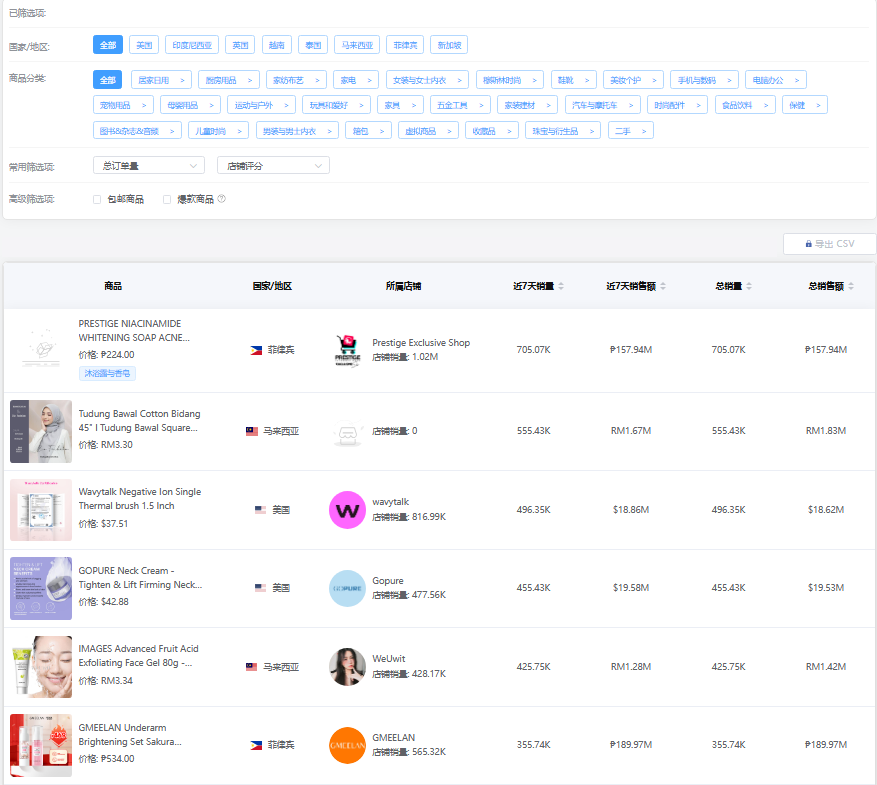Introduction
The U.S. cross-border e-commerce landscape is facing a seismic shift as President Donald Trump escalates trade policies targeting Chinese imports. On April 2, Trump signed an executive order terminating the “de minimis” tariff exemption for low-value parcels (under $800) from China and Hong Kong, effective May 2. This move, coupled with proposed 104% tariffs on key categories, threatens to upend supply chains, inflate consumer costs, and force sellers to rethink their strategies. For platforms like Shopify, Aliexpress, Amazon, and TikTok Shop—and the millions of sellers relying on them—this is a pivotal moment. In this analysis, we break down the policy changes, their implications, and actionable solutions . It’s time to adapt.
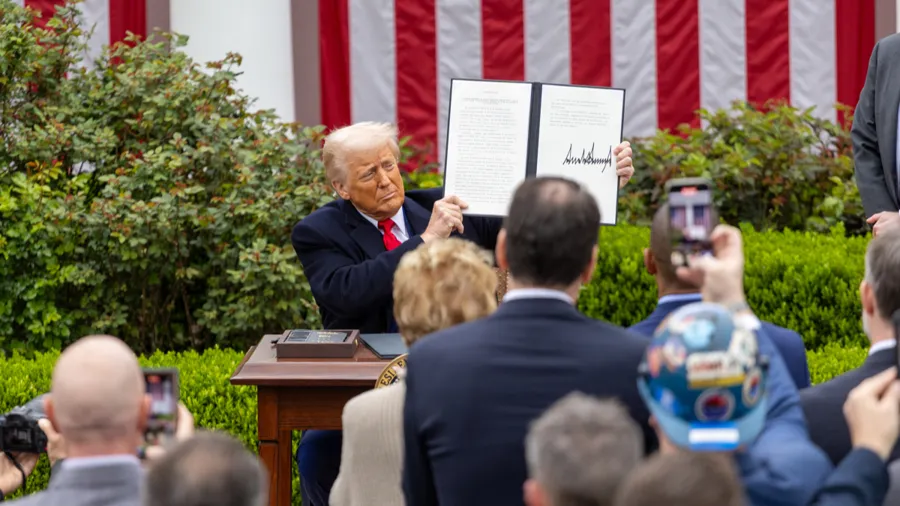
What Are the Trump Tariffs in 2025?
Trump’s 2025 trade proposal includes:
- A universal 10% import tariff across all countries
- A dramatic 104% tariff on Chinese imports, covering a wide range of consumer goods
This shift could raise costs across multiple categories — especially for those heavily reliant on Chinese sourcing. It also signals a new wave of trade protectionism that every cross-border seller must factor into their pricing, sourcing, and shipping strategies.
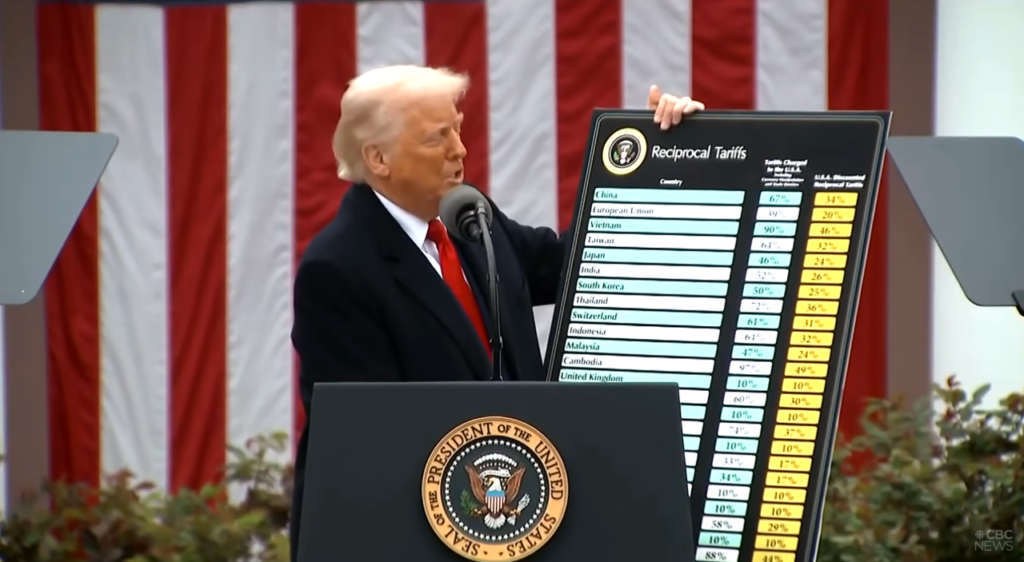
Immediate Impacts: Who Loses?
Consumers:
Price Hikes: A $20 Shein dress could cost $26+ (20 + 30% tariff) or $45 (if a $25 flat fee applies).
Inflation Risks:Studies estimate an $11–13 billion annual cost increase for U.S. households, disproportionately affecting low-income families.
Sellers:
Profit Squeeze:Small sellers using Shopify or TikTok Shop face margin erosion. Example: A $15 product with a 25% tariff = 166% cost increase.
Logistics Chaos:USPS’s February 4 pause on Chinese parcels caused warehouse gridlock; similar disruptions are likely post-May 2.
Platforms:
Shein & Temu:Expanding U.S. warehouses and shifting supply chains to Vietnam, but facing higher compliance costs.
Amazon:Benefits as competitors using Chinese dropshipping lose price advantages.

Product Categories Most at Risk
Certain product niches are particularly vulnerable to tariffs. Here's a breakdown of where caution is most needed:

Tip: If your current product mix relies on high-volume Chinese imports, your profit margins may evaporate under new rules. Audit your product list now.
Risk-Proof Strategies for 2025
1. Shift to Low-Tariff or Digital Products
- Consider digital goods: eBooks, templates, downloadable planners, software keys
- Focus on smaller, low-cost items that ship cheaply and absorb tariff impact better
- Explore print-on-demand and domestic 3PLs to localize fulfillment
2. Source Smarter: Go Beyond China Diversification is more than a buzzword — it's survival. Strong alternatives include:
- Vietnam: Rising apparel and electronics production
- India: Competitive in textiles and small home goods
- Mexico: Nearshore advantage for US sellers
- Turkey and Indonesia: Competitive for niche and handmade products
Use supplier directories, Alibaba’s regional filters, or global B2B platforms like Faire or Ankorstore to explore alternatives.
3. Base Your Decisions on Real-Time Market Intelligence Market volatility demands tools that help you:
- Track top-performing products and their origin
- Monitor pricing trends across platforms like TikTok Shop, Aliexpress, Amazon, and Shopify
- Benchmark what’s working — in copywriting, creatives, and pricing strategies
There are several analytics tools out there — find one that integrates well with your workflow. The goal isn’t hype — it’s data you can act on.

Making Moves With Numbers, Not Noise
Instinct is good. But when tariffs, inflation, and logistics are all shifting? You need hard data.
Key metrics to track:
- Estimated impact of tariffs on each SKU's profit margin
- Drop-off points in pricing and conversion for similar products
- Competitive ad creatives and landing page formats that are working now
Whether you use a tool like FindNiche, SimilarWeb, or custom dashboards, make sure you're not flying blind. Having trend visibility across platforms like AliExpress, TikTok Shop, and Amazon can highlight new niches before they saturate.

Expert-Recommended Tactics for Sellers
Tactic 1: Optimize Pricing & Margins
Dynamic Pricing Tools: Use FindNiche’s Competitor Tracker to adjust prices in real-time (e.g., match Amazon’s post-tariff rates).
Bundle Products: Sell $100 value packs (e.g., 3 shirts + accessories) to dilute per-item tariff costs.
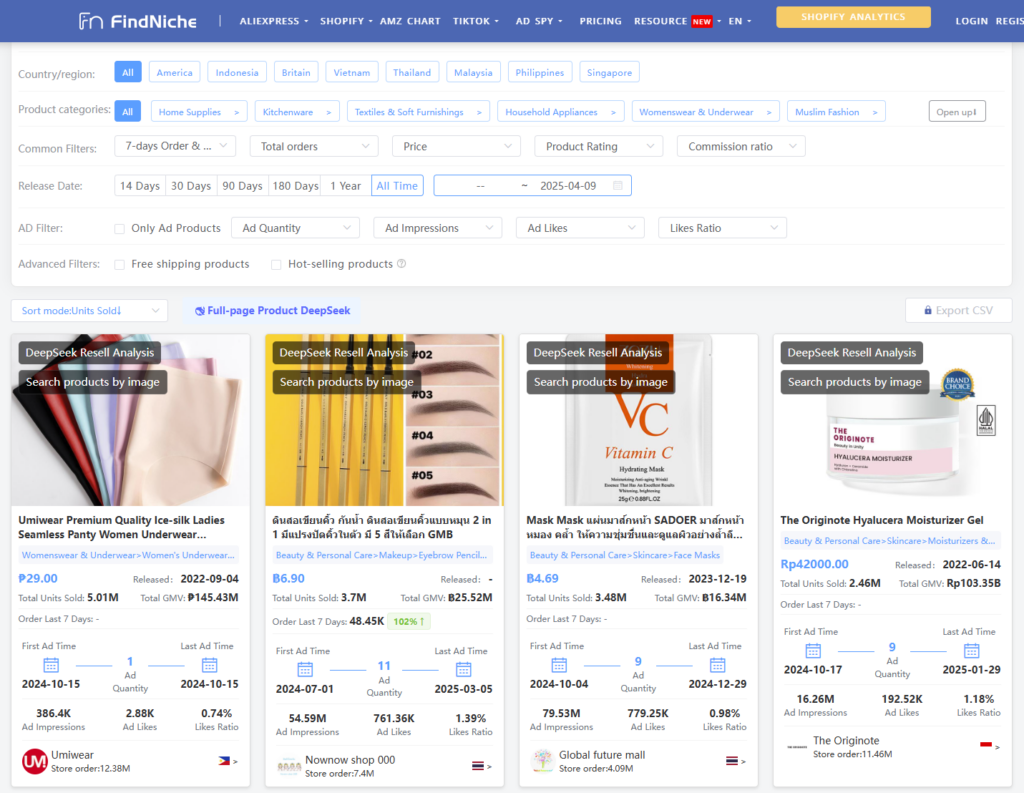
Tactic 2: Leverage Tax-Efficient Logistics
T11/T01 Compliance: Work with forwarders like DHL or Flexport experienced in complex clearance.
Pre-Calculate Costs: Landed Cost Calculator factors in tariffs, shipping, and 3PL fees upfront.
Tactic 3: Build Brand Loyalty
Storytelling: Highlight sustainability or craftsmanship to justify price hikes.
Example: “Our $65 eco-friendly bags support fair wages in Mexico—no tariff surprises!”
The Road Ahead: Resilience Through Innovation
While Trump’s policies aim to cripple cross-border trade, agile sellers can turn challenges into opportunities:
Embrace Hybrid Sourcing: Mix Chinese suppliers (for unique designs) with tariff-exempt regions for bulk orders.
Invest in Automation: Tools like FindNiche’s AI Ad Generator create targeted campaigns (e.g., “Avoid Tariffs—Shop Local Warehouses!”).
Lobby for Change: Join industry groups like the China Express Association advocating for fair trade policies.

Conclusion: The Sellers Who Will Win 2025
Tariff talk feels abstract — until your costs double and ad ROAS tanks. Smart sellers will:
- Identify which products are tariff-vulnerable
- Build multiple sourcing pipelines outside of China
- Use real-time insights to pivot quickly when markets shift
Maybe the 104% tariff won’t materialize. But in the e-commerce world, being early is better than being right. Prepare for impact now — and position yourself to gain while others scramble.



